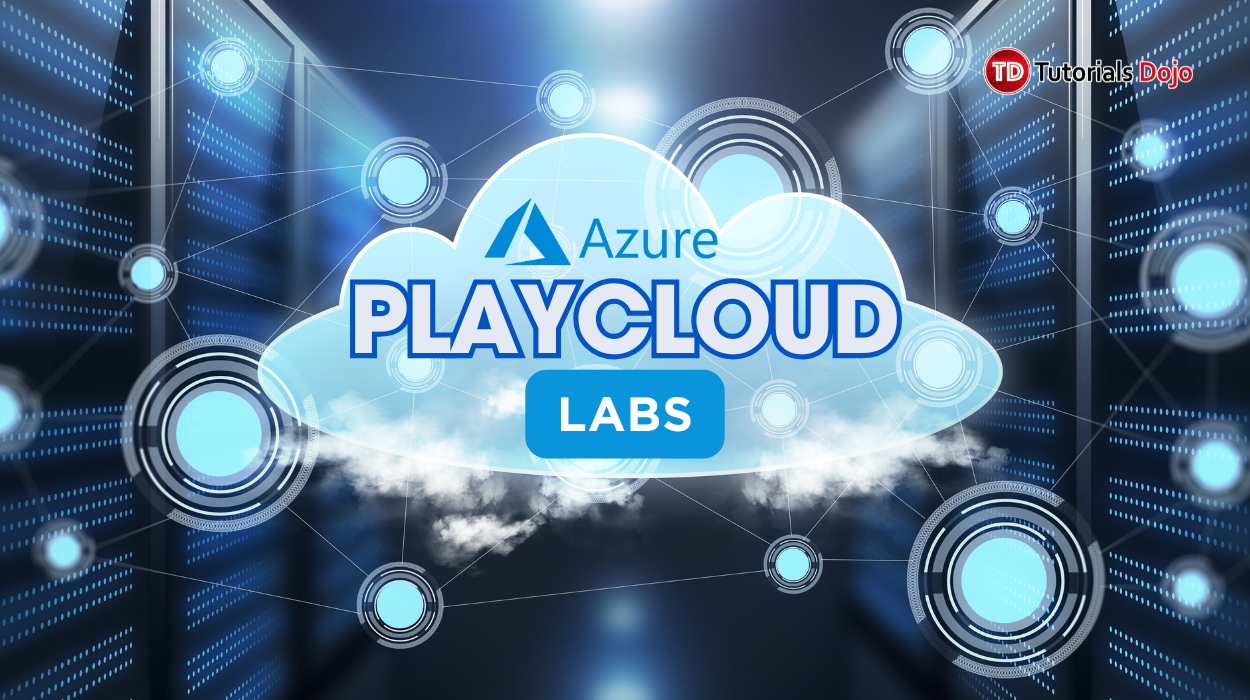If you’re working with real-time data—like logs, user events, or IoT signals—you’ve probably heard of Apache Kafka and Amazon Kinesis. Both are built to handle streaming data at scale, and both are super popular. But how do you know which one’s right for you?
Kafka gives you tons of control and flexibility, but it can be a lot to manage. Kinesis, on the other hand, is fully managed by AWS and easier to get started with—but you trade off some customization.
So if you’re wondering, “Should I go with Kafka or Kinesis?”—you’re in the right place. Let’s break it down and see how they compare based on setup time, control, cost, and more.
Apache Kafka
Apache Kafka is kind of the go-to tool when you need to move a lot of data, really fast, in real time. Think of it as a high-speed messaging system that helps apps and services talk to each other using data streams.
What makes Kafka stand out? It’s highly scalable, super reliable, and gives you a lot of control over how your data is streamed, stored, and processed. You can keep data for a long time, replay it later, and even connect it to stream processing tools like Kafka Streams or Apache Flink.
But here’s the catch: while Kafka is powerful, it’s also a bit of a beast to set up and manage. You need to handle infrastructure, scaling, monitoring, and more. That’s why a lot of teams use managed services like Amazon MSK (Managed Streaming for Kafka)—you still get Kafka, just without the heavy lifting.
Amazon Kinesis
If Apache Kafka sounds a bit intense to manage, Amazon Kinesis might be more your speed—especially if you’re already in the AWS world.
Kinesis is AWS’s fully managed real-time data streaming service. It lets you collect, process, and analyze data as it comes in—without worrying about servers, clusters, or scaling headaches.
What’s cool about Kinesis is that it’s broken into a few different tools, depending on what you’re trying to do:
- Kinesis Data Streams – For real-time, low-latency streaming (like Kafka).
- Amazon Data Firehose – For streaming data straight into S3, Redshift, or OpenSearch with zero code.
- Kinesis Data Analytics – For running SQL queries on your data stream in real time.
- Kinesis Video Streams – For ingesting and processing video or audio data.
| Aspect |
Apache Kafka |
Amazon Kinesis |
|
Ease of Setup |
Harder – you manage everything |
Easier – fully managed by AWS |
|
Control & Flexibility |
High – you tune everything (performance, retention) |
Limited – AWS handles most of the settings |
|
Scaling |
Manual (unless using MSK) |
Automatic scaling |
|
Cost |
Free software, but ops costs add up |
Pay-as-you-go, higher cost per GB |
|
Performance |
High throughput, low latency with tuning |
Great performance, but slightly more latency |
|
Integration |
Works with many tools (Flink, Spark, etc.) |
Tight integration with AWS services |
|
Best For |
Complex, high-scale, custom streaming pipelines |
Fast, simple AWS-native streaming solutions |
|
Tradeoffs |
More control, more complexity |
Less control, less effort |
When to Use Kafka vs Kinesis
Evaluate your needs by asking the following questions:
- How much effort can you commit to setup, management, and maintenance?
- Kafka requires significant time and expertise to set up, configure, and maintain. It’s powerful, but operationally complex.
- Kinesis is fully managed by AWS, making it much quicker and easier to get started with minimal operational overhead.
- Do you need fine-grained control over performance (throughput, latency, durability, availability)?
- Kafka gives you extensive customization options. You can tune everything from partitioning to retention policies to match your performance and reliability needs.
- Kinesis offers limited configurability. It handles scaling and durability for you, but you sacrifice some control in exchange for simplicity.
- What’s your budget and pricing model preference?
- Kafka is open-source and free to use, but running and maintaining it (either on your own infrastructure or through a service like Amazon MSK) incurs operational costs.
- Kinesis charges based on data volume, throughput, and retention. It’s more expensive per byte, but you pay for convenience and AWS integration.
Conclusion
Kafka offers more control and flexibility—great for complex, high-scale systems but harder to manage. Kinesis is easier to use and fully managed, making it ideal for quick AWS-native setups. Choose based on your need for control vs. simplicity.



















